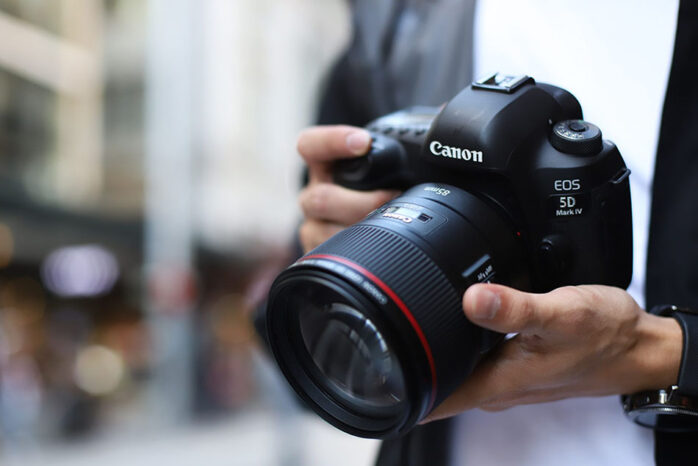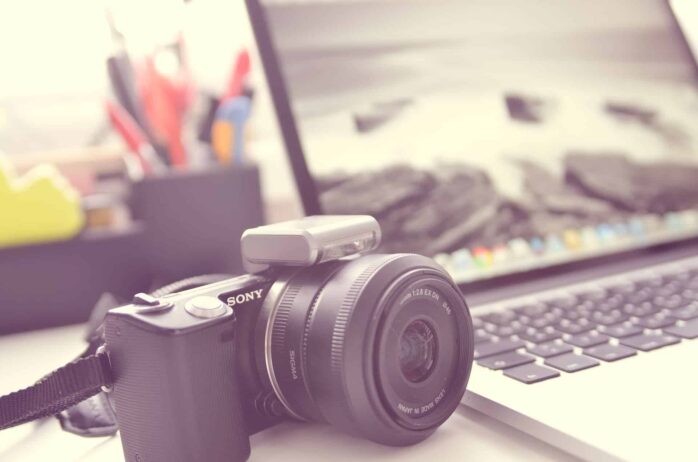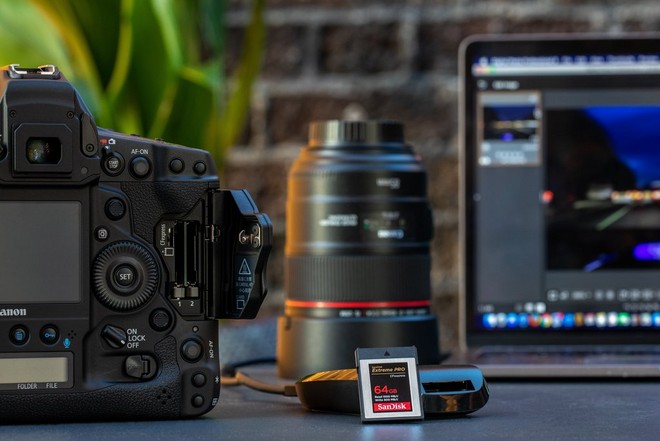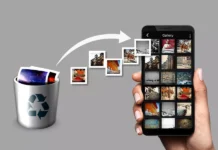
One of the most exciting parts of the holiday season is that you get to see your friends and relatives whom you haven’t seen for a long time – and (if you are like me) using your digital camera to document it all. This year, however, my family faced a minor emergency when my little cousin was scanning the pictures we had taken on our Canon Powershot Camera. She got a little too excited and accidentally pressed the delete all button! We were frustrated that all of our photos were gone, but it’s good to know that it wasn’t really my little cousin’s fault. Accidental data loss is a common problem with the Canon Powershot SD Card. If this happened to you as well, I know it’s a bad feeling, but please don’t lose hope. With Photo Retrieval software we were able to recover all of our holiday photos and I am sharing this knowledge with you in case you might need it now or in the future. It’s very helpful trust me! You also can visit ibeesoft where you can find the solution of your problem.

If you don’t want to experience the same situation that my family went through, you need to be careful in scanning your photos. The camera’s in the past are much different from the present-day camera. The traditional cameras only had two to three buttons to operate. Today’s advanced cameras, such as the Canon Powershot Digital Camera, have several buttons which you can press depending on what you need to be done on your photos. Being careless can destroy the photos that you want to keep for life. Although there are some helpful software like Photo Retrieval 1,70 for windows that can help you restore your photos effectively, it is still best if you practice proper care in operating your camera.
Let me first share some of the common ways of preventing loss of your photos. The very first thing that you need to remember is to make sure that you have finished saving your photos before turning off your camera. Most of the Canon digital cameras have a blinking light indicator that lets you know it’s working. If you turn off your camera prematurely you might lose your photos, or even corrupt the memory card. Second, before removing the memory card make sure that you have turned off your camera. It is also one of the common causes in losing your photos. Third, just like with your hard drive, it is best if you don’t use up all the memory available on the card. It will slow down your memory card and will provide less quality photos. Finally, never put your memory card near powerful electrical sources or even in a strong magnetic field. These sources can erase all the images stored in your memory card instantly.

Canon has been the choice for many digital camera users around the globe, not just because of its brand name, but also due its wide variety of digital cameras, that range from their very famous Canon Power shot and Canon IXUS, to the professional DSLR cameras popularly known as the Canon EOS series. Despite the tremendous amount of competition faced by its competitors like Nikon, Sony and other giants, Canon has managed to stay in top position, even to this very day. The main reason for this can be attributed to the high-quality images that these cameras can produce, and the in-built features that enhance the usage of these cameras.
Like any other digital camera, Canon cameras do save images in jpg format, but in case of the professional DSLR cameras that have been designed by Canon, the images are saved in the CR2 and CRW format. Hence, when the photos get deleted or lost, Canon photo recovery needs to be handled as a separate entity when it comes to these special format files.
here are some of the best image recovery software providers and the software programs offered by them can be used for recovering corrupted, deleted or lost photos from digital cameras, memory cards and of course from formatted drives of computers. In addition to photos, some of the software programs are capable of recovering audio and video files as well. While some software programs are compatible only with Windows computers, some software providers offer programs suitable for both Windows and Mac Computers and these software programs suitable for both these OS are offered in separate versions in such a way that users can go for software on the basis of the OS of their PC.

Some of the best photo recovery software programs are designed in such a way that, they can be used by different levels of computer users since they are offered with a user-friendly interface. In addition, some programs are capable of evading severe file system corruptions in the storage device and they can fetch even the photos that are inaccessible.
Some of these software programs require 50 MB free space in the computer for installation and they are also offered in trial version. If the user is satisfied with the trial version of the software, he can go for paid version. In addition to recovering photos from fixed hard drives of computers, some software programs can recover files from memory sticks, XD, MMC, SD cards, USB flash storage devices and even from removable drives. If a user has recovered a photo with the help of the trial version of these software programs, he can save it with the help of save recovery snap feature offered by them and the same can be reloaded again to the paid version of the software with the help of load recovery feature thereby avoiding re-scanning











